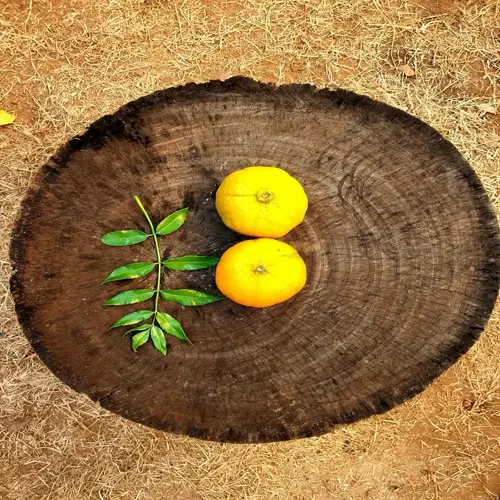How does homemade compost compare to peat moss?

Written by
Michael Sullivan
Reviewed by
Prof. Martin Thorne, Ph.D.Home compost produces more beneficial soil than peat moss because it introduces living spaces. Where peat is simply inert dead material, compost contains living bacteria that constantly supply plant food. In your garden, you obtain natural resistance from disease and improved availability of plant food because of the biological activity that peat moss cannot supply.
Nutrient Profile
- Provides balanced NPK nutrition naturally
- Releases nutrients gradually throughout seasons
- Eliminates need for synthetic fertilizers
Soil Structure
- Creates stable aggregates for better root growth
- Improves drainage while retaining moisture
- Prevents compaction in heavy clay soils
Environmental Impact
- Diverts organic waste from methane-producing landfills
- Requires no destructive extraction methods
- Builds topsoil instead of depleting resources
To produce effective compost, use simple methods, alternate layers of green materials, such as vegetable scraps, with brown ones, like dried leaves. Keep the moisture of a damp sponge, and turn the pile once a week. This generates heat to kill pathogens while rich humus is produced within 2-3 months.
Utilize compost in gardens as a complete soil amendment. Use finished compost as 30% of the potting soil. Spread two inches over garden beds before planting. Side-dress growing plants monthly for continuous nutrition. Such applications yield better results than those based on peat.
The environmental benefits of composting are what truly make it sustainable. Composting one pound of food waste prevents approximately one pound of methane emissions from landfills. The reduction of this greenhouse gas is equal to taking cars off the roads. At the same time, the production of valuable soil amendments naturally closes the loop on food nutrients.
Gradually and completely transition from peat to compost. Use peat only in your container gardening and in mixtures with fifty percent compost. Notice better seed germination and sturdier plant growth. Your garden will want to be a carbon sink, and not a contributor to bog destruction and climate change.
Read the full article: 10 Best Peat Moss Alternatives for Gardens

